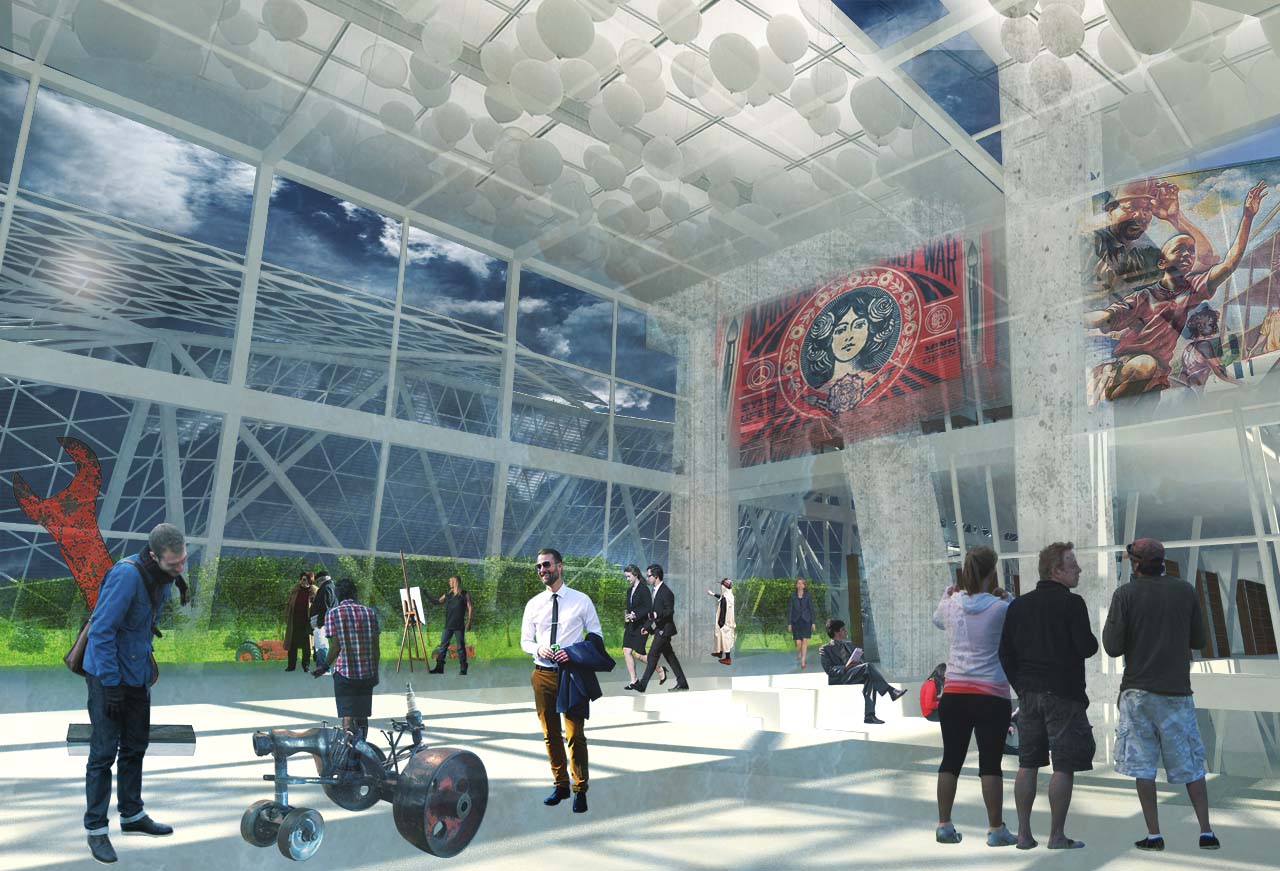73_Rahid Cornejo: Networked Infrastructures
Rahid Alonso Cornejo
I am a recent graduate of New Jersey Institute of Technology (Bachelor's degree of Architecture, May 2016). I am currently working at CallisonRTKL, near Soho in New York City. I was born in the capital city of Lima, Peru and I migrated here with my parents when I was about 3 or 4 years old. Ever since I was young, I have been intrigued by building things such as legos, puzzles, dominos, and blocks. My mom raised me to be extremely organized, which has helped me incredibly when coming up with design solutions and strategies. I knew I wanted to pursue architecture since I was in middle school, mainly because I was influenced by what my uncle (also an architect) was doing back in Peru. He would show me the projects he was working on when I went back, and it was all vastly different in design and construction methods compared to what I had already seen in the states. I am glad that I have chosen this career path because it has allowed me to think comprehensively about a wide range of topics, instead of specializing my mind to one specific way of thinking. I enjoy reading about philosophy, science, urban planning, politics, business, and design. I am also a huge fan of film and cinema because of the out-of-world experiences it gives people, which to me, is comparable to the experience architecture can provide as well. I am nearly fascinated by everything; everything that I have experienced has taught me to think more comprehensively and has allowed me to question more and answer from different perspectives.
Networked Infrastructures
This project began with an analytical study of Jersey City's "urban spine", which consists of the waterfront near Newport Mall, the Sixth Street Embankment, and back toward the highway (Interstate 78).This highway is near the entrance to the Bergen Arches, which leads the way up to Journal Square (the heart of Jersey City). The studio course I was in mostly focused on the Embankment, whereas my focus was toward the highway and other infrastructural systems that divided Jersey City into different segments, which we called "island cities." These island cities created divisions by cutting people off from walking throughout the entire city, which is now unfavorable due to the increasing popularity of walkable urbanism.
The main idea was to take the area underneath Interstate 78 and use it as a means to bring these areas together by creating sculpture parks, agricultural harvesting, community gardens, and educational and artistic programs. All of these programs can be used to create giant parks within the areas that are abandoned due to existing infrastructural systems (such as train tracks, highways overpasses, bridges and tunnels). This would then allow people to stroll through them instead of being blocked off or intimidated by them. These infrastructural systems create huge areas that can be programmed as public parks. As the millennial generation comes into the market, and moves into the areas near New York City, these parks are a vital response to the over-population that Jersey City is now facing.
cornejo_000-min






































